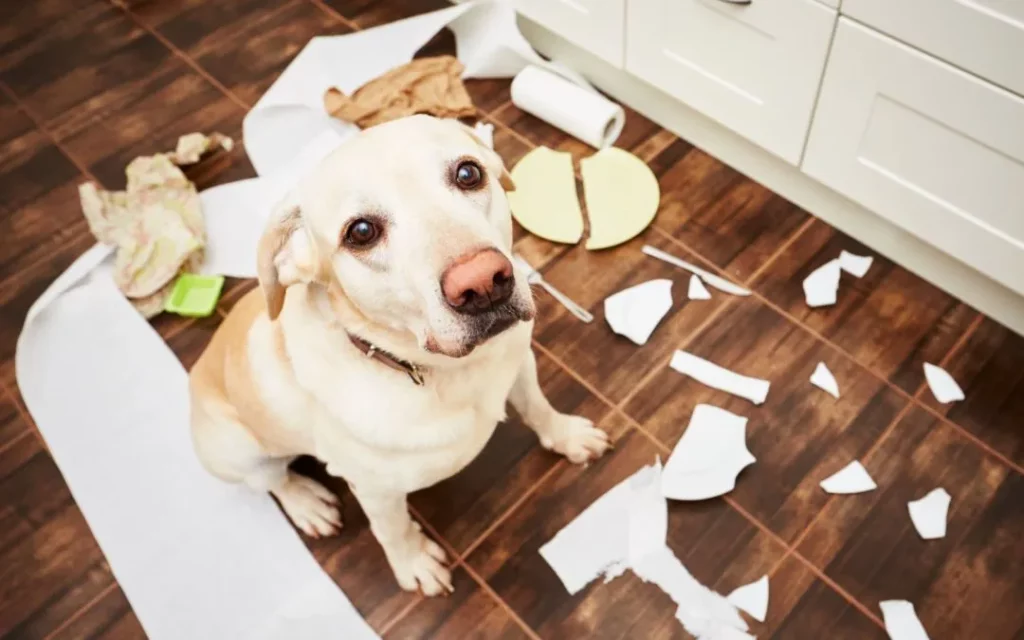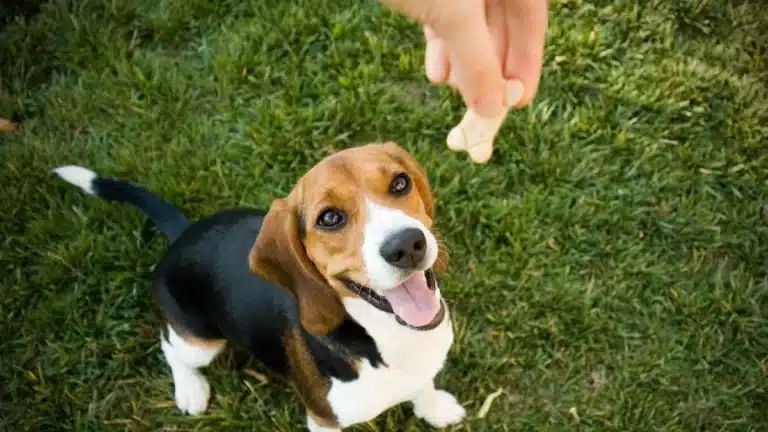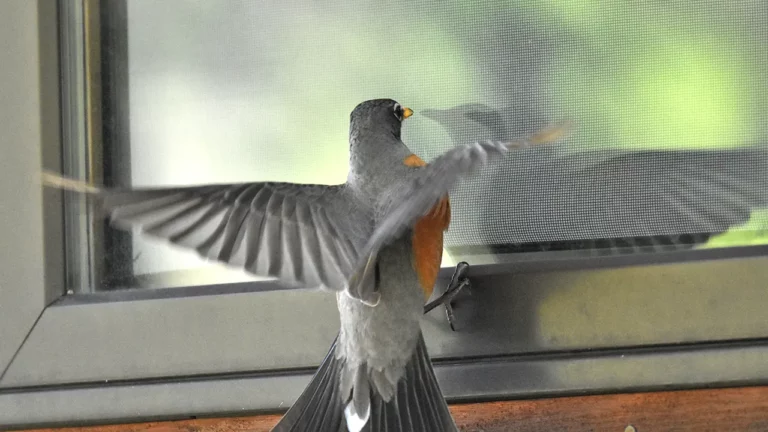How to Prevent and Manage Separation Anxiety in Pets

Pets, whether dogs or cats, are beloved family members, and the bond we share with them is truly special. However, when pets experience separation anxiety, it can be distressing for both the pet and their owner. Separation anxiety is a common behavioral issue that can lead to destructive behavior, excessive barking, and stress-related health problems in pets. In this comprehensive guide, we will explore the causes, signs, prevention, and management of separation anxiety in pets, helping you ensure the well-being of your furry friend.
Understanding Separation Anxiety

What is separation anxiety in pets?
Separation anxiety is a behavioral condition in which a pet experiences extreme stress and anxiety when separated from its owner or the people they are most attached to. It is most commonly observed in dogs but can also occur in cats.
Causes of separation anxiety:
Several factors can contribute to the development of separation anxiety in pets:
- Change in Routine: A sudden change in the daily routine, such as a new work schedule or the owner’s absence, can trigger anxiety.
- Past Trauma: Pets that have experienced trauma or neglect may be more prone to separation anxiety.
- Lack of Socialization: Poor socialization during the early stages of life can lead to anxiety when pets are left alone.
- Owner’s Absence: If a pet is accustomed to constant human companionship and suddenly experiences long periods of solitude, it can trigger anxiety.
- New Environment: Moving to a new home or environment can overwhelm some pets, leading to anxiety when left alone.
Recognizing the Signs of Separation Anxiety
To effectively prevent and manage separation anxiety, it’s crucial to recognize the common signs:
In Dogs:
- Destructive Behavior: Dogs with separation anxiety may chew furniture, scratch doors, or destroy household items when left alone.
- Excessive Barking or Howling: They may bark or howl excessively, especially within 15–45 minutes after the owner leaves.
- Potty Accidents: House-trained dogs may have accidents indoors when anxious.
- Pacing and Restlessness: Restlessness, pacing, and an inability to settle down are common signs.
- Escape Attempts: Some dogs may attempt to escape from their confinement area or crate.
In Cats:
- Excessive Meowing or Yowling: Cats may vocalize more when anxious.
- Urination or Defecation Outside the Litter Box: House-soiling can occur when a cat is anxious.
- Hiding: Cats may hide when they sense their owner is preparing to leave.
- Excessive Grooming: Over-grooming or excessive grooming can be a stress response.
- Loss of Appetite: Some cats may lose interest in food when anxious.
Prevention Strategies
Preventing separation anxiety is often more effective than managing it once it has developed. Here are some preventive measures:
- Early Socialization: Socialize puppies and kittens from an early age with different people and environments.
- Gradual desensitization: Teach your pet to be comfortable with your absence by leaving for short periods and gradually increasing the time.
- Establish a Routine: Maintain a consistent daily routine to provide your pet with predictability.
- Positive Association: Make your departure a positive experience by leaving treats, toys, or puzzles for your pet to enjoy in your absence.
- Training: Use basic obedience training to build your pet’s confidence and responsiveness to commands.
- Independence Training: Encourage independence by gradually teaching your pet to enjoy alone time.
- Consult a professional. If you notice anxiety, consult a professional trainer or veterinarian.
Managing Separation Anxiety
If your pet is already experiencing separation anxiety, there are strategies to help manage and alleviate their distress:
- Desensitization: Gradually increase your time away from your pet, starting with short and slowly extending intervals.
- Counterconditioning: Create positive associations with your departures by offering treats, toys, or puzzles your pet loves.
- Interactive Toys: Provide toys that stimulate your pet mentally and physically while you’re away, such as puzzle feeders or treat-dispensing toys.
- Crate Training: If your pet feels secure in a crate, it can be a safe space while you’re not at home.
- Medication: Consult your veterinarian about medication options to reduce anxiety in severe cases.
- Professional Help: Consider consulting a professional animal behaviorist or trainer with experience in separation anxiety.
Coping with Separation Anxiety
Coping with separation anxiety requires patience and consistency. Here are some additional tips:
- Remain Calm: Stay calm and composed during departures and arrivals to avoid reinforcing your pet’s anxiety.
- Routine Exercise: Regular exercise helps reduce anxiety, so ensure your pet gets plenty of physical activity.
- Positive Greetings: Greet your pet calmly when you return home to prevent excessive excitement.
- Comfort Items: Provide comforting items like blankets or clothing with your scent for your pet to snuggle with in your absence.
- Consult a Professional: If the anxiety persists, consult a professional for a tailored treatment plan.
Conclusion
Preventing and managing separation anxiety in pets is essential for their well-being and peace of mind. Understanding the causes, recognizing the signs, and implementing preventive measures and management strategies can help your furry friend feel more comfortable and secure when you’re not around. Remember, patience and consistency are key, and seeking professional guidance can significantly improve your pet’s quality of life.

